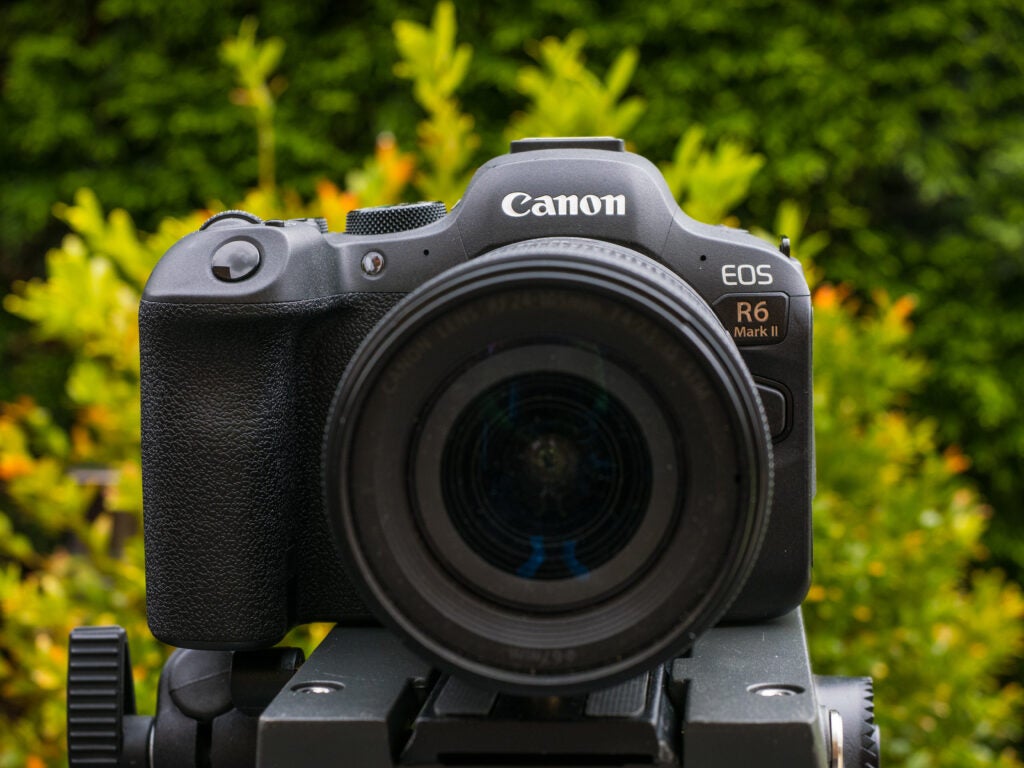Hannah Davies
2024-07-02 12:12:47
www.trustedreviews.com
Nikon recently announced its newest mid-range mirrorless camera and third update to the Z6 series, the Nikon Z6 III.
The camera features a first-of-its-kind partially stacked sensor, 6K RAW video support and a standout viewfinder, but how does it compare to a 4-star all-rounder, the Canon R6 II?
Keep reading to learn how these two full-frame cameras compare.
The Nikon Z6 III has a partially-stacked viewfinder
The biggest differentiator between the Nikon Z6 III and other mirrorless cameras is its 24.5-megapixel partially stacked CMOS sensor.
The Z6 III’s sensor takes the technology of a stacked sensor but it is only partially stacked, making it faster than a regular CMOS sensor – generally speaking – but not quite as speedy as the fully stacked type found in more high-end cameras.
The Canon R6 II, meanwhile, features a slightly higher-resolution 25.6-megapixel CMOS sensor.

The Nikon Z6 III has a sharper viewfinder
The Nikon Z6 III also has a brighter, higher-resolution viewfinder than the Canon R6 II.
The Z6 III features a 0.5-inch UXGA OLED electronic viewfinder with 0.8x magnification and a 5.76m-dot resolution. The EVF is the first to support a wide DCI-P3 colour gamut for more lifelike colours and boasts a peak brightness of 4000 nits making it the brightest in its class.
The Canon R6 II, on the other hand, takes advantage of a 0.5-inch OLED EVF with 0.76x magnification and a 3.69m-dot resolution. Canon has not shared a figure detailing the brightness of its viewfinder.
The Canon R6 II has a wider ISO range
ISO is essential when shooting in more extreme lighting conditions, such as low-light environments.
The ISO sensitivity on the Canon R6 II ranges from 100-102400 and can be expanded to 50-204801, making it the stronger performer in this category.
The Nikon Z6 III, meanwhile, has an ISO sensitivity of 100-64000, which can be extended to 50-204800.


The Nikon Z6 III can shoot 6K video
If you’re looking for a hybrid camera to shoot video, the Nikon Z6 III comes out on top with its ability to capture 6K RAW video at up to 60p internally, or 4K at 60p oversampled. You can also use the Z6 III to capture up to 10x slow motion content at a 240fps frame rate.
The Canon R6 II also supports 60p RAW recording, but not internally. Instead, the camera caps out at 4K/60p or Full HD at up to 120p.




























































![Dead Space: Downfall [Blu-ray]](https://techcratic.com/wp-content/uploads/2024/11/41LXWW-fC5L-360x180.jpg)








